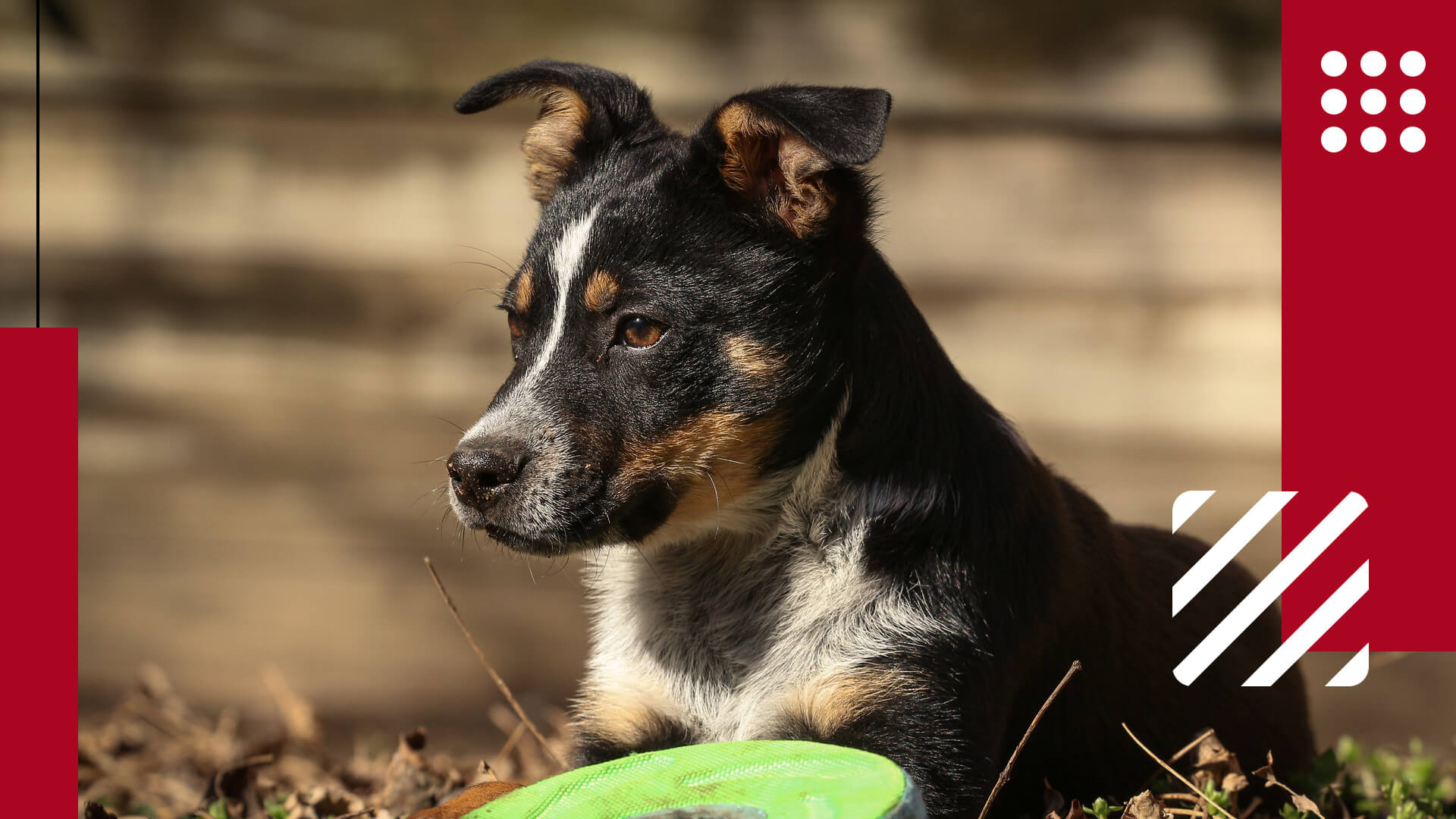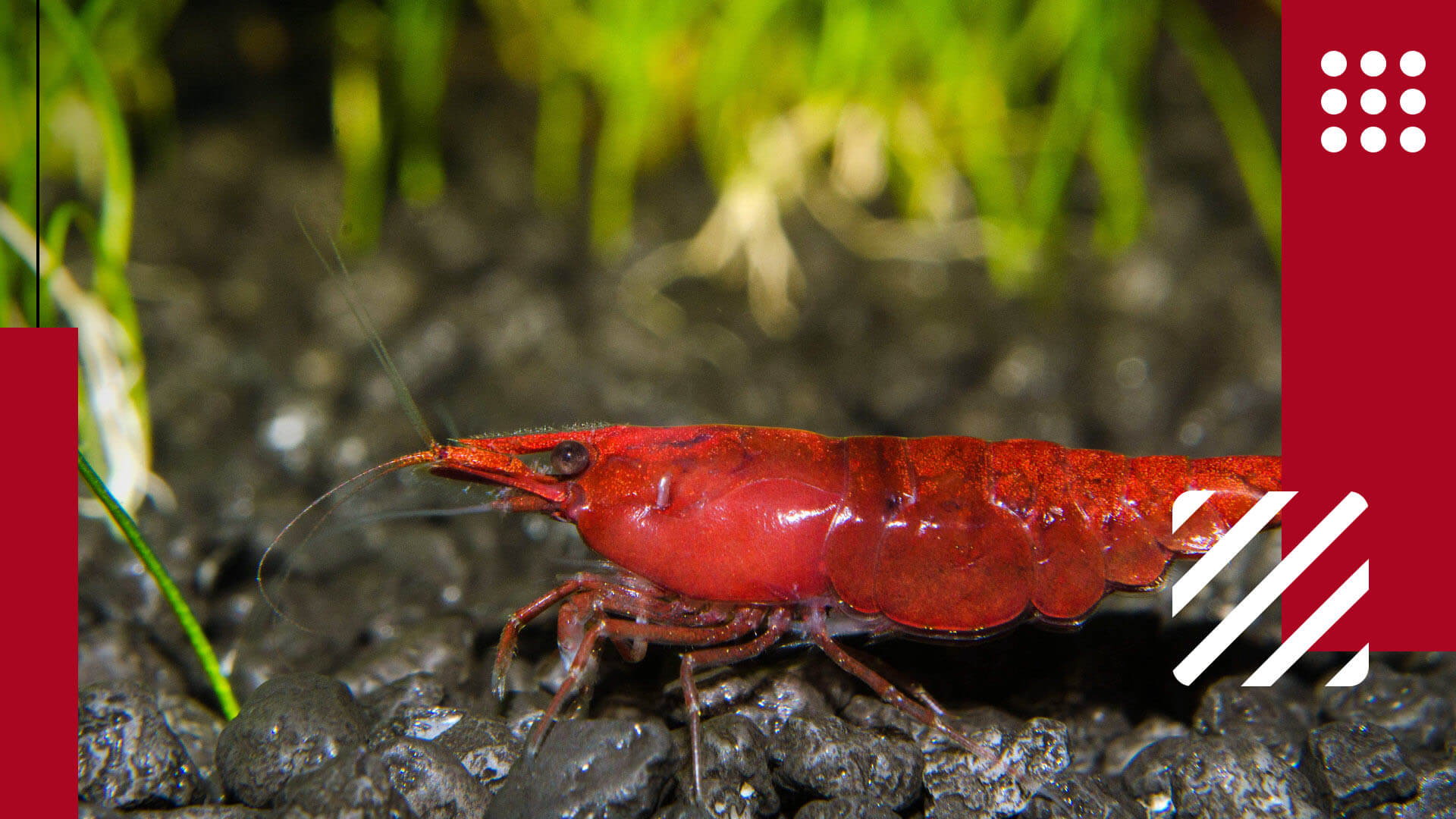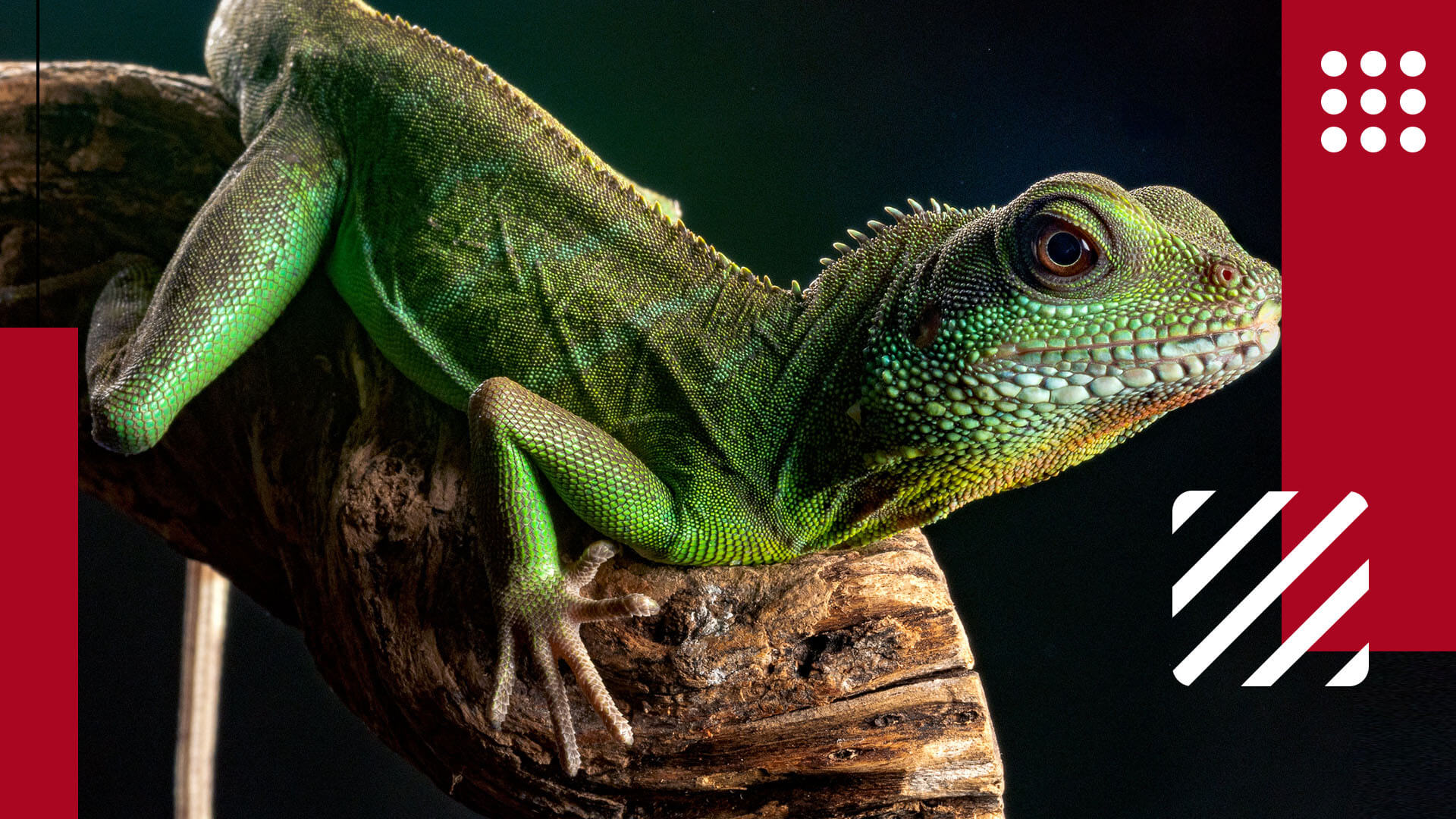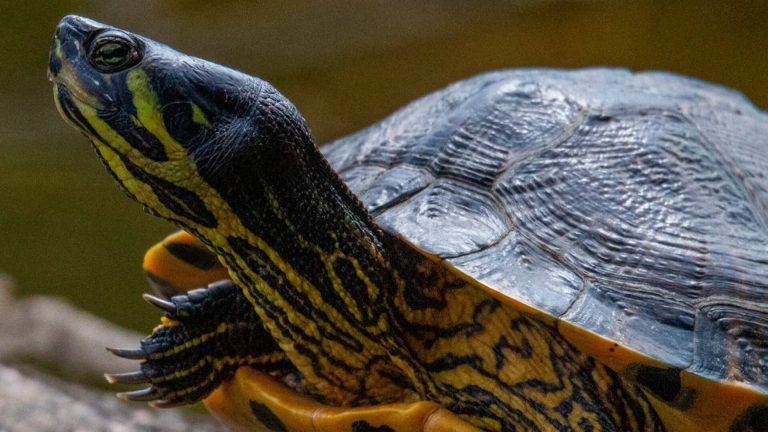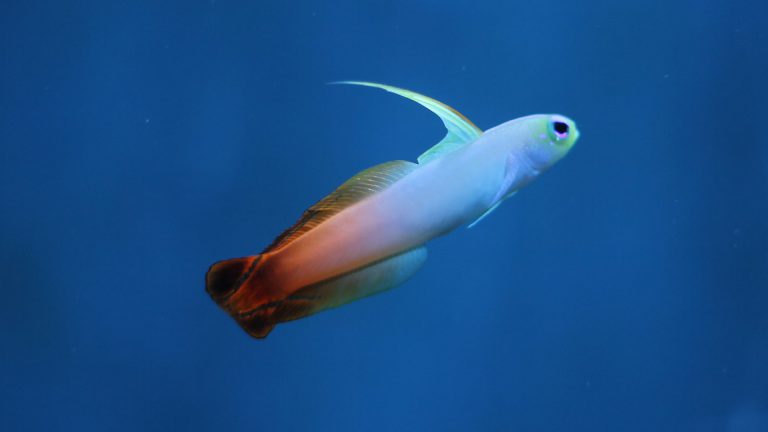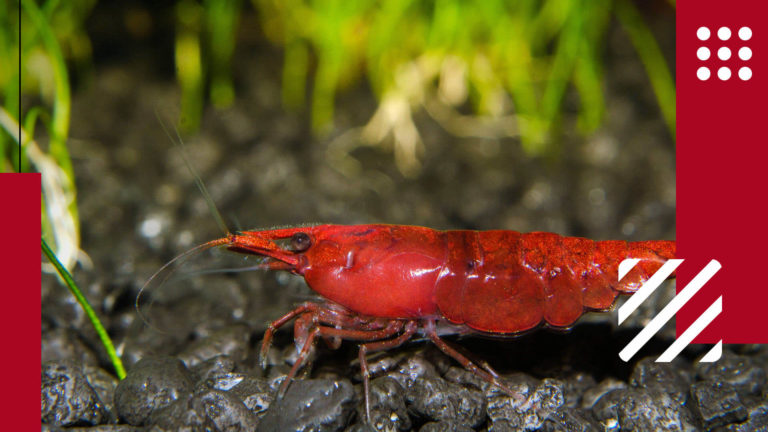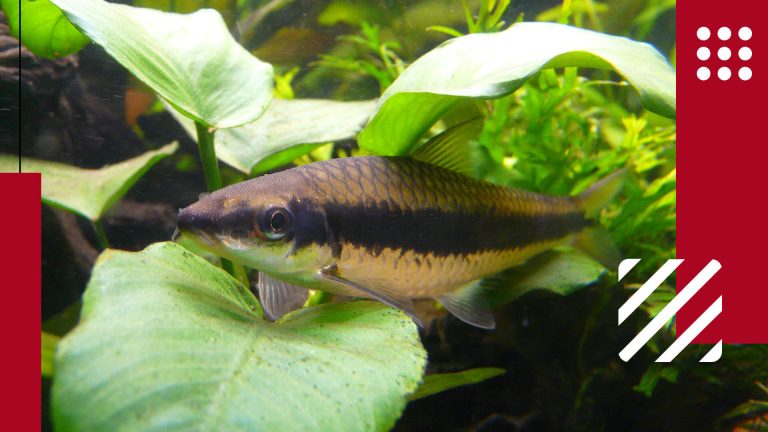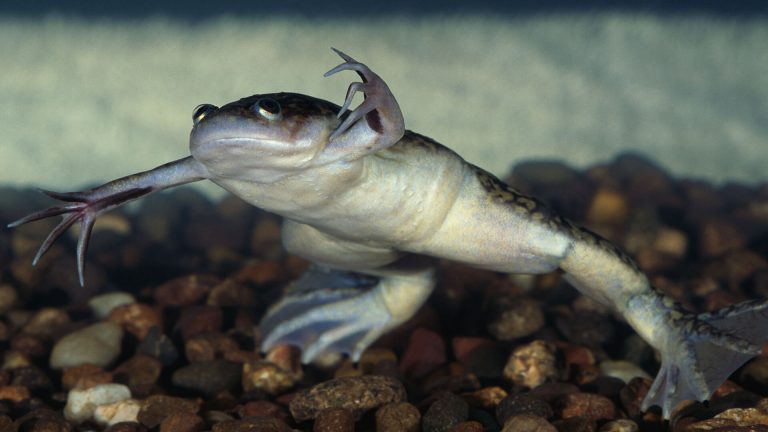Pet Moonlight Gouramis are one of those species of fish that are quick to catch your attention. It brings tremendous charisma to an aquarium. It is a labyrinth fish with silver-glowing scales and develops a greenish iridescence as it grows. Also known as moonbeam gourami, they derive their name from the moonlight itself. They tend to glow even in dimmed lights similar to the moonlight in the darkness of night. Due to their peaceful nature and high adaptability, they are quite efficient as pets if well-cared.
Moonlight Gourami is a popular and well-suited fish to be considered for keeping in a home aquarium. It originally belongs to Cambodia, Thailand, and Vietnam. However, one can also find them in other Asian countries. It lives for around 4 to 5 years and grows up to 5 inches in length. It has several features that make it unique even among other gouramis. Some of those features have been discussed in the later sections. If anyone is deciding upon keeping Moonlight Gourami in their aquarium, from their habitat to diet, here’s all they need to know.
Distinctive Features of Moonlight Gourami Fish
| Scientific Name | Trichopodus microlepis |
| Lifespan | Up to 5 years |
| Color | Silver or pale blue body with iridescent scales |
| Size | Up to 5 inches |
| Health Risk | Low |
| Tank Size | Minimum 30 gallons |
| Water Temperature | 75-82°F (24-28°C) |
| pH Level | 6.0-7.5 |
| Diet | Omnivorous |
| Unique Trait | Moonlight-like appearance under proper lighting |
| Famous For | Attractive and peaceful aquarium fish |
| Temperament | Generally peaceful |
| Maintenance | Low |
| Adaptability | Moderate |
| Behavior | Generally good with proper handling |
| Personality | Active and peaceful |
| Social | Can be kept in groups |
Moonlight Gourami is slightly silver in color with a greenish iridescence, making it a treat for the eyes. Its appearance is one thing that makes it stand out among the others. Another notable feature is its ability to survive in habitats with low oxygen. Like any other labyrinth fish, it has a special lung-like organ that makes it capable of breathing air directly. It can often be seen reaching out to the surface to breathe in air. It’s worth mentioning that if a Moonlight Gourami is in moist conditions, it can manage to stay alive for a few hours even without water. Isn’t it amazing?
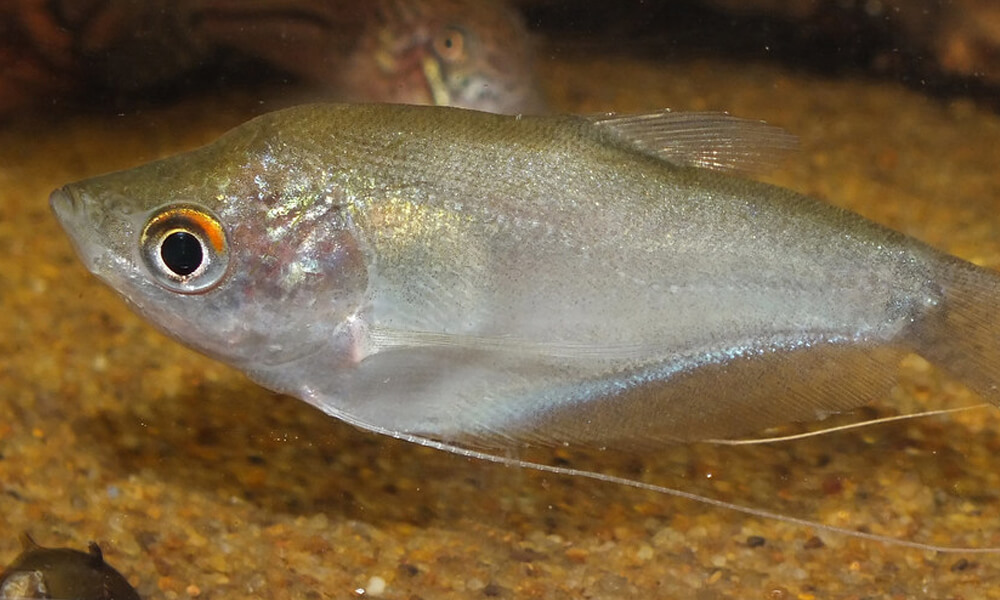
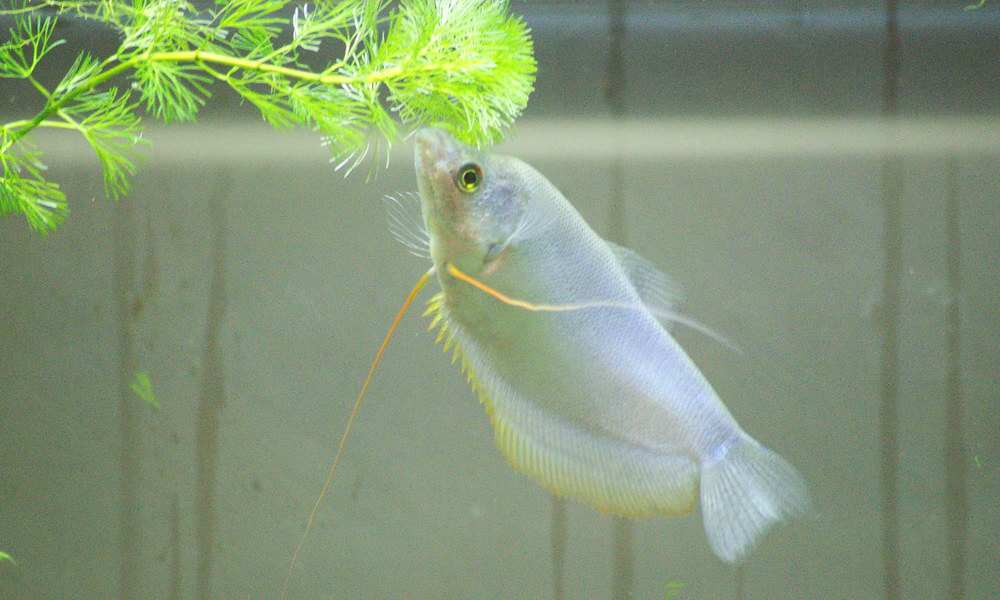
How to Take Care of Pet Moonlight Gourami Fish?
For a pet-lover, the pets are no less than a baby and need to be taken care of in the same way. Moonlight Gourami is no exception. And, taking care of this baby is going to be one interesting ride. It will be both easy and difficult at the same time. For instance, the owner won’t have a hard time feeding it but taking care of its accommodation can be a bit complicated. Here, let’s have a look at what exactly needs to be done.
How to Set up a Tank for Pet Moonlight Gourami Fish?
Setting up a fish tank for Moonlight Gouramis needs one to take certain points into consideration. First of all, the aquarium should be large and spacious enough for it to swim. The minimum size for the tank should be around 20 gallons. In case there are a large number of plants in there and other fishes too, increase the size to 30 gallons.
Talking of plants, there should be enough plants in the tank for the Moonlight Gourami to hide between them (these little babies get frightened sometimes and may seek a temporary escape). It’s preferred to choose thick-leaved plants like Java Ferns and Anubias because they don’t mind chewing up leaves from their hiding space. Fine-leaved plants may have a hard time surviving. Regarding the water, Moonlight Gouramis are not a very high-maintenance species. Just keep in mind to change the water regularly.
What to Feed Pet Moonlight Gourami Fish?
Moonlight Gouramis are not very particular and selective when it comes to food, making it easier for their owners to feed them. They are omnivores and can be fed with frozen food, live food, or simply flakes. However, like any other creature, they have their preferences. Like us, they love to be treated with their favorite food including insects, bloodworms, small crustaceans, and brine shrimp. It is suggested to maintain a variety in their diet to ensure that they remain in their best health.
Also, if the Moonlight Gourami is sharing the space with other larger and quick-swimming fishes, it may get scared and end up being hungry. So, in case of a similar setup, it must be ensured that they get their share.
What to Avoid Feeding Pet Moonlight Gourami Fish?
To ensure the health and well-being of your pet Moonlight Gourami, there are specific foods to avoid. Large, hard foods should be avoided as these fish have small mouths and may struggle to consume or digest them. Processed human foods like bread, chips, or sweets lack essential nutrients and can be harmful to their health.
Additionally, it is crucial to avoid feeding them frozen or live foods that might contain parasites or diseases, which can lead to health issues. Foods high in fat, such as fatty meats or oily fish, should also be avoided, as Moonlight Gouramis are prone to developing fatty liver disease.
Furthermore, steer clear of toxic plants, like azalea, lily, and daffodil, as these can be harmful to them.
For the best diet, opt for a well-balanced commercial fish food specifically formulated for Gouramis. This type of food is designed to meet their nutritional needs and promote overall health.
Health Concerns of Pet Moonlight Gourami Fish
When caring for a pet Moonlight Gourami fish, it's essential to be aware of potential health concerns to ensure their well-being. Here are some common health issues that can affect Moonlight Gouramis:
- Ich (White Spot Disease): This is a common parasitic infection characterized by the appearance of white spots on the fish's body and fins. It can cause irritation, scratching, and loss of appetite.
- Fin Rot: Fin rot is a bacterial infection that affects the fins of the fish, causing them to deteriorate and develop ragged edges. It is often a result of poor water quality or stress.
- Dropsy: Dropsy is a symptom rather than a specific disease and is characterized by the fish's bloated appearance due to fluid retention. It can be caused by various underlying issues, including bacterial infections or organ failure.
- Swim Bladder Disorder: Swim bladder disorder affects the fish's ability to control buoyancy, resulting in difficulty swimming properly. It can be caused by overfeeding, poor diet, or bacterial infection.
- Fungal Infections: Fungal infections can occur externally on the fish's body or internally in the gills. They often appear as cotton-like growths and can be a result of poor water quality or stress.
Other Fish to Keep or Avoid with Moonlight Gourami
When choosing tankmates for your Moonlight Gourami, consider their compatibility with other fish species. Here are some fish that are generally suitable to keep or avoid with Moonlight Gourami:
Fish to Keep with Moonlight Gourami:
- Peaceful Community Fish: Many peaceful community fish can coexist with Moonlight Gouramis, such as tetras, rasboras, guppies, mollies, and swordtails. These species have similar temperaments and water parameter requirements.
- Other Gourami Species: Moonlight Gouramis can usually be kept with other Gourami species, such as Dwarf Gouramis or Honey Gouramis, as long as there is enough space in the tank to establish territories.
- Bottom-Dwelling Fish: Some bottom-dwelling species, like Corydoras catfish or Kuhli loaches, can be good tankmates for Moonlight Gouramis. They occupy different areas of the aquarium, reducing competition for space.
Fish to Avoid with Moonlight Gourami:
- Aggressive or Fin-Nipping Fish: Avoid keeping Moonlight Gouramis with aggressive or fin-nipping fish, such as cichlids, barbs, or larger tetra species. These fish may harass or damage the delicate fins of Moonlight Gouramis.
- Fast-Moving Fish: Fish that are excessively fast or active, like danios or some species of rainbowfish, may stress out the more peaceful Moonlight Gourami. It's best to choose slower-moving tankmates.
- Predatory Fish: Predatory fish, including large cichlids, aggressive catfish, or larger species of predatory characins, should be avoided as tankmates for Moonlight Gouramis. They may see the Gouramis as prey and pose a threat to their well-being.
Always research the specific care requirements, temperament, and adult size of any fish species you plan to keep with Moonlight Gouramis to ensure compatibility. It's also advisable to monitor the interactions between tankmates closely and be prepared to make adjustments if any aggression or stress occurs.
Interesting Facts About Moonlight Gourami Fish
Above mentioned information seems enough to bring in a Moonlight Gourami in one’s care. However, there are a few other facts and details that must be noted beforehand. Some of these points may come as an amusement while others may come in handy while taking care of the Moonlight Gourami.
- Male gouramis are not quite friendly with each other. If kept together, they would need a separate territory of their own. It is suggested to keep one male Moonlight Gourami with a few female ones.
- Male gouramis change the color of their fins to communicate with the female gouramis around them.
- One can recognize the gender by looking at their pelvic and dorsal fins. In the case of males, these are generally reddish or orange in color and pointed at the end. Whereas, in the case of females, there’s a yellow tint in their pelvic fins while the dorsal fins are round and short.
- Another notable feature of Moonlight Gouramis is their eyes. Their irises are red or orange and are beautiful enough to keep your attention hooked.
- Moonlight Gouramis have a concave curve at the top of their heads, which is a characteristic completely unique to the species.
- Pet Moonlight Gouramis like to stay in warm temperatures and would preferably avoid any sudden changes in their habitat. Also, flowing water streams must be avoided.
- If kept in a tank, it is unsafe to accommodate them with fin-nipping fish. Moonlight Gouramis have attractive fins making them a convincing prey for such fishes.
What People Are Reading:
Frequently Asked Questions About Moonlight Gouramis
Here are some generally asked questions about pet Moonlight Gourami:
Are Moonlight Gouramis aggressive?
They are usually peaceful in nature. However, the male gouramis can get aggressive with each other when kept in the same territory.
What fish can I keep with gourami?
Moonlight Gouramis can be kept with other labyrinth fishes like corydoras and angelfish. However, fin-nipping fish should strictly be avoided.
Are Blue Gouramis aggressive?
Blue Gouramis are a little aggressive in nature and keep chasing other fishes.
Can gourami live in tap water?
Simply using tap water to fill an aquarium tank is never suggested because the chlorine present in the tap water can be harmful to the fish.
How do you tell if a gourami is stressed?
If your gourami is showing unusual behavior like sticking to the bottom of the tank or not eating anything, then it might be stressed due to something.
Why does my gourami stay at the top of the tank?
It is only natural for a gourami to stay at the top of the tank. Gouramis have a special lung-like organ that lets them breathe direct air. Hence, they are often seen hanging out at the surface.


